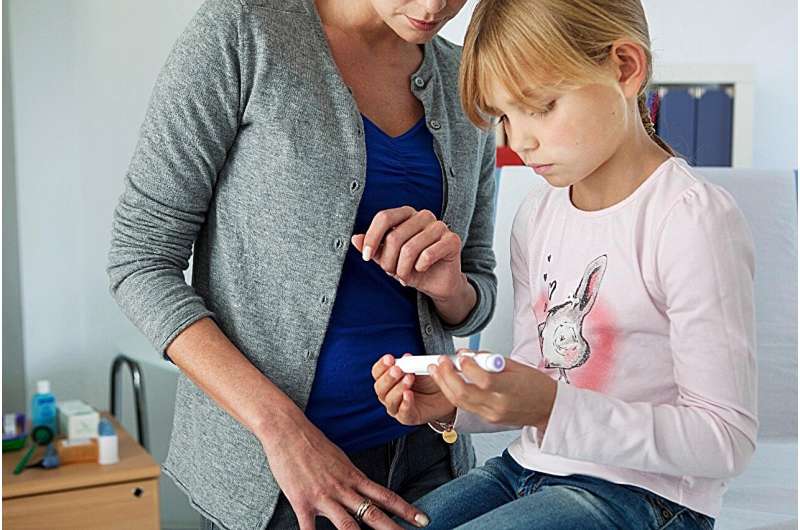
For youth with presymptomatic type 1 diabetes, the COVID-19 pandemic was associated with accelerated progression to clinical disease, especially among those with COVID-19 infection, according to a research letter published online July 15 in the Journal of the American Medical Association.
Nadine Friedl, from the Institute of Diabetes Research at Helmholtz Munich, and colleagues examined the potential association between COVID-19 infection and progression to clinical diabetes in youth with presymptomatic type 1 diabetes. Data were obtained for 591 youth, 509 of whom were included in the follow-up. Of these, 358 were followed during the prepandemic period (prior to March 1, 2020) and 396 were followed from March 1, 2020 (pandemic).
The researchers found that type 1 diabetes developed in 57 and 113 participants during the prepandemic and pandemic periods, respectively. For the development of clinical type 1 diabetes, the incidence rate was 6.4 and 12.1 per 100 person-years in the prepandemic and pandemic periods, respectively, yielding an incidence rate ratio of 1.9. Overall, 353 of the 396 participants followed since the pandemic had COVID-19 infection information; of these, 236 had a COVID-19 infection. During the pandemic period, the incidence rates of type 1 diabetes were 8.6 while participants had tested negative for COVID-19 and 14.0 after COVID-19 infection.
“The findings are consistent with previously reported acceleration of progression in children with presymptomatic type 1 diabetes by viral infection,” the authors write.
More information:
Nadine Friedl et al, Progression From Presymptomatic to Clinical Type 1 Diabetes After COVID-19 Infection, JAMA (2024). DOI: 10.1001/jama.2024.11174
2024 HealthDay. All rights reserved.
Citation:
Accelerated progression to T1D during pandemic seen for presymptomatic youth (2024, July 18)
retrieved 18 July 2024
from https://medicalxpress.com/news/2024-07-t1d-pandemic-presymptomatic-youth.html
This document is subject to copyright. Apart from any fair dealing for the purpose of private study or research, no
part may be reproduced without the written permission. The content is provided for information purposes only.
Source link




